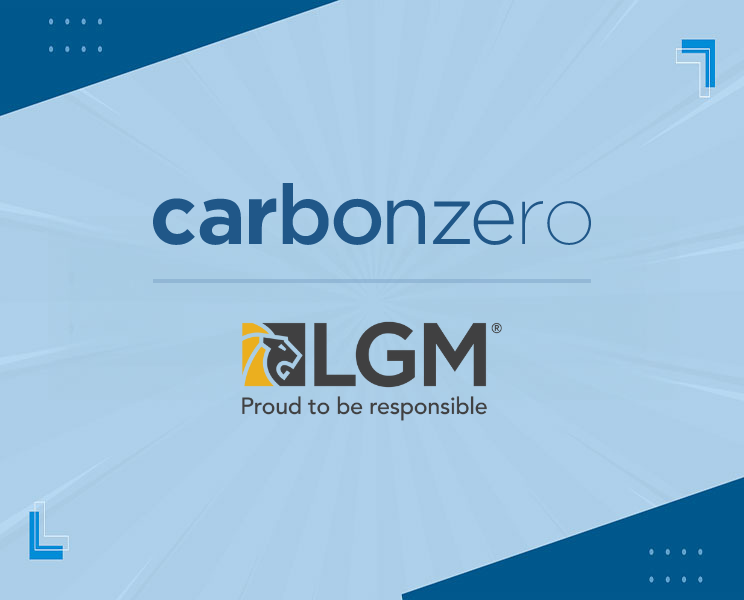As appeared in Canadian auto dealer
F&I providers are adapting their tools, training and products to help dealers provide a better customer experience.
It’s no secret that many car buyers don’t enjoy the F&I business office experience. They say it takes too long, they feel pressured, and they often don’t really understand the value and costs of the products they are being offered. According to an IHS Automotive Buyer Influence study, 55 percent of new car buyers and 57 percent of used car buyers say they “experienced frustration” during the buying process, and the time required of them by the dealership was a major factor. In another study, AutoTrader looked at a variety of dealerships and found the average time to complete the F&I process was 61 minutes. That time represents two-thirds of the entire vehicle purchase process that consumers are willing to accept. The study found that educating customers and allowing them to reach a decision took an average of 28 minutes.While improving the F&I experience is in everyone’s interest, there are no easy fixes. Simply rushing consumers through the process, means they could miss out on valuable products they might have been interested in buying. Relying solely on technology, and letting them self-navigate options, also takes the human interaction and salesmanship out of the equation. All of this, of course, puts revenue and valuable margin at risk for dealers, who have to balance the quality of the customer experience with their business needs. Canadian auto dealer reached out to some leading F&I providers to find out what they were doing with their dealership clients to help them improve their business office performance, while delivering an improved customer experience.
NO SILVER BULLET
Chris Cawston, is President & General Manager of Sym-Tech Dealer Services, a Richmond Hill, Ont.-based provider of F&I products, software, training programs, in-dealership development and technology.
“Sym-Tech determined years ago that the F&I business inside dealerships was really performing sub-optimally for a whole host of reasons,” says Cawston.
Cawston says the industry is in the midst of a big change, built around an improved customer experience.
“If you look back at where F&I was five years ago, where it is today, and where it is going, a clear migration is happening,” he says. “It’s a much more professional environment. It’s a much more structured environment. There’s a lot more process around the whole interaction with the customer to ensure that it’s a faster experience, one more tailored to the customer’s needs. And, it’s transparent.”
Cawston says there’s no easy silver bullet to improve the customer experience and turn a poorly performing F&I offer around. Better technology is one part of the equation, but he says training and behavioural changes are also critical.
“Dealerships are riddled with all sorts of technology investment that have been made over the years and ended up on the shelf producing disappointing returns for dealers,” he says.
He says Sym-Tech helps dealers improve their F&I business performance, and it offers a full suite of training courses for F&I, sales and service regularly attended by dealership personnel. The company has elaborate and purpose-built training facilities in Richmond Hill and Montreal, and will be opening a third facility in Calgary. Some of these courses are three to five days long, and provide intensive training and role-playing exercises led by skilled facilitators. Follow up in-dealership training and support is critical and helps ensure new behaviours take hold and are maintained over time, says Cawston.
DIGITAL TOOLS & TECHNOLOGY
Final Coat, a provider of appearance protection and other F&I products, says it goes to great lengths to ensure its dealer customer – and increasingly consumers – can use technology to educate themselves about the merits of their products. The company used a number of approaches, including pre-loading digital picture frames with brief product videos that it provides free of charge to dealers so they can be given to consumers to watch in the F&I office. Although they delivered these digital frames to all their customers, they don’t all use them.
“It all depends on the staff and the dealership,” says Sean Peek, Creative & Marketing Director, CAP Inc./Final Coat. “It depends on if they are old school or new school and if they can fit it into their process. We give our customers tools to sell – there’s only so much we can enforce.”
The company also developed iFrames that can be easily added to a dealership’s website that has the company’s product information and videos. This way, the dealership doesn’t have to manage the content and keep it updated, it’s all done by Final Coat.
“It’s a website within a website. We provide it to our clients free of charge,” says Peek.Michael Hardychuk, Marketing Consultant, with Final Coat, says the iFrame technology lets consumers gather info without leaving the dealership’s website.
“We have total control of the iFrame. As we get new videos, it gets updated. It’s been a no-brainer for the dealerships to implement it,” says Hardychuk.
Another technology tool the company has developed is something they call “DealerCloud” that is an online document management system that lets dealers access any product info, videos, PDFs or other documents they might need. This dealer portal lets dealerships order online which can speed up the F&I process.But not all improvements involve advanced technology, and some of the outdated computers inside dealerships can slow down the technology adoption. The company says a lot of its clients are happy to get up to date brochures, that are privately branded.
“If we can customize these brochures with the dealership’s logo, and one of their cars they carry, they will pull that out. That’s something that’s been pretty effective this past year,” says Hardychuk. “As much as we want to get everyone in the digital age, it’s still easier for a salesperson to pull something out that’s print and talk to someone.”
OFFER PRODUCTS CONSUMERS WANT
Jeff Fallowfield, the President of LGM, a provider of a broad range of warranty and insurance F&I products, says industry change is needed.
“Everybody in the industry recognizes that something has to change,” says Fallowfield. “Customers are different than they were even 10-15 years ago.”
One area he says that LGM has focused attention on is ensuring its products change with consumer demand so they are truly interested in purchasing them.
“They are all designed with the consumer in mind. What brings them value? If you create a product that gives value to the consumer, and you sell it at a fair and reasonable price, you will have a happy customer,” says Fallowfield. “We are really focused on the consumer and their experience.”
But consumers need to know what they are buying.
“We really believe in education,” says Fallowfield. “We strongly believe that you need to give the consumer information and knowledge so they have the power to make an educated decision.”
The company provides information on its products, including videos and other product training to help dealership staff and consumers, including a new point of sales system, to speed up quoting and information delivery.
“We are selling peace of mind,” says Fallowfield. “There are electronic tools that you can use and I think they are fantastic tools. But without education behind it, it’s just another way of presenting information.”
RISKS AND REWARDS
As with any process change, there are also risks. Speed without quality won’t work.
“Just trying to hurry through is not going to produce satisfactory results,” says Sym-Tech’s Cawston. “You need to find ways to make the whole thing more efficient, so you can get through it more quickly. Efficiency is a great way to save time.”
One emerging trend is dealers on both sides of the border are looking at the merits of having one single point of contact for a customer through sales and the F&I process. Sym-Tech now offers a new “hybrid” training course to fill that gap.
“It can yield some great benefits,” says Cawston. “There are certainly efficiencies and if ‘done right’ there’s a lot of evidence it can increase customer satisfaction, maintain gross’s and margins while reducing the time customers spending in the process.”
Although this “hybrid” trend isn’t yet widespread in Canada, it is growing, and more dealers in the U.S. are trying it out. Whether it’s a mix of technology, training and new product offerings, there’s no question the business office is under intense scrutiny as OEMs and dealers try to navigate the new customer experience during the vehicle buying process. Where it all ends up is anyone’s best guess.


